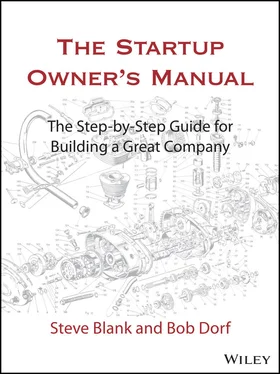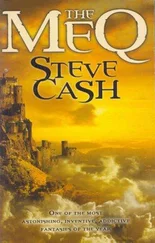Startups have now been using Customer Development for a decade, since the initial publication of The Four Steps to the Epiphany. If this is your first contact with the Four Steps , welcome aboard. For the tens of thousands who’ve embraced that first version, The Startup Owner’s Manual offers a great deal more. The first version assumed startups were high-tech ventures in Silicon Valley selling products through a physical sales channel and aiming to be billion-dollar businesses. A lot has happened in 10 years, and this version embraces those changes. For example:
Bits: The Second Industrial Revolution
For thousands of years after the invention of the wheel, a product was a physical object one could touch, such as food, cars, planes, books, and household goods. These physical products reached customers via a physical sales channel : salespeople visiting customers, or customers visiting stores. Figure i.1shows this intersection of physical products sold through a physical channel .
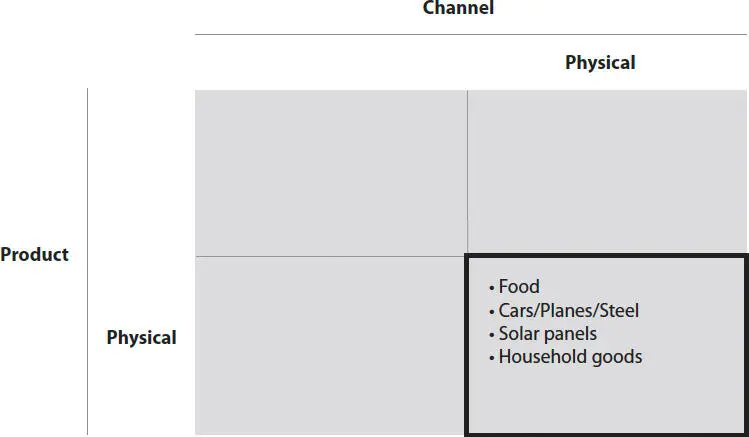
Figure i.1 Physical Products Sold Through a Physical Channel
One of the breakthroughs in commerce was the invention of products that were ideas or promises that didn’t exist in physical form , such as life and health insurance, stocks and bonds, and commodity futures.
In the 1970s, software began to be sold as a product unbundled from any particular computer. The ability to purchase bits was a new concept. By themselves the bits were useless, but when combined with a computer in the form of software applications, bits solved problems or amused people (word processing, balancing checkbooks, game play). These software applications and entertainment, all in the form of bits, were sold to consumers through specialized retail computer stores, a physical channel.
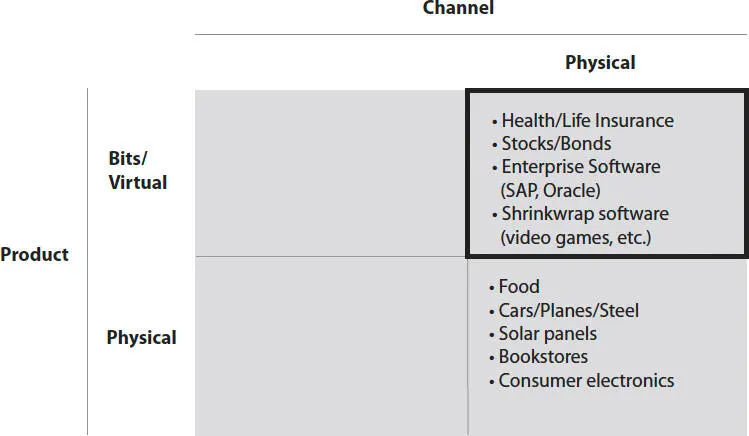
Figure i.2 Software Products Sold Through Physical Channels
Still other software applications were designed to solve problems companies had (database access, manufacturing automation, sales automation), and added the upper right box to Figure i.2, Software Products Sold Through Physical Channels.
As the Internet created a new form of sales channel, a new class of company emerged with the value proposition to sell physical products over the Internet. Amazon, Zappos, Dell, and a whole raft of other e-commerce companies filled a new niche: physical products sold via a web channel . This new sales channel created massive disruption in the existing world of physical distribution, as book and music retailers perhaps know best of all.
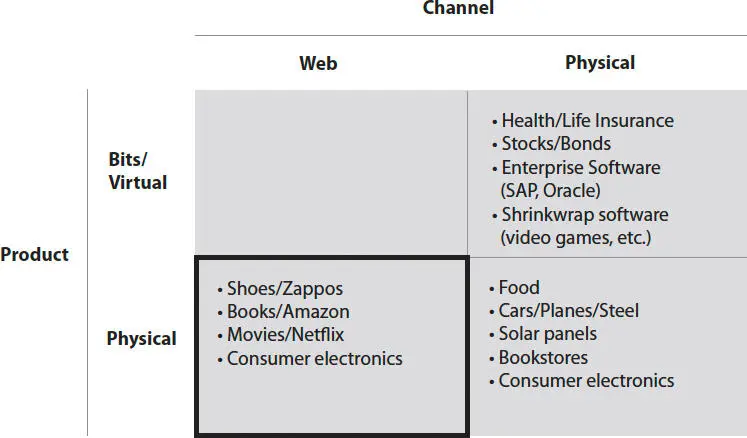
Figure i.3Physical Products in Web/Mobile Channels
Over the past decade a new class of product has emerged, where BOTH the product and the channel are bits (see Figure i.4). Startups can now be built for thousands rather than millions of dollars and in weeks rather than years. As a result, the number of startups founded each year has exploded. New applications such as social networks that duplicate the socialization we once had face-to-face are being mediated via machine. Search engines that scour the web, such as Google and Bing, exist only in bits, in a web/mobile channel.
More important, entire industries that started by selling physical products in physical locations have begun their migration to bits sold over the Internet. Originally, people sold books, music, videos, movies, travel, and stocks and bonds either face-to-face or in storefronts. Those channels are either radically transformed or disappearing as physical products turn into bits.
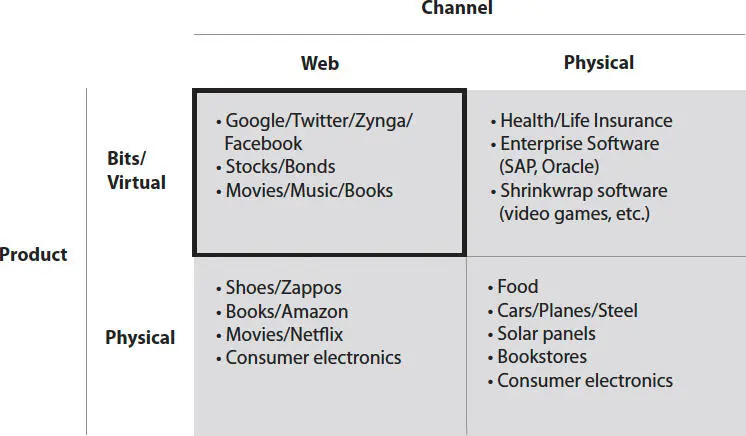
Figure i.4 Software Products In Web/Mobile Channels
Speed, Time and Iterations: the “Second Industrial Revolution”
Regardless of the business, any enterprise focused on the bottom righthand box in figure i.1—Physical Goods Sold through a Physical Channel—has discovered over the past decade that the old rules and tools for physical businesses and channels no longer apply. They’ve learned that the closer a company gets to a web/mobile channel and a web/mobile product, the faster it can change, test and optimize both product and offer . They need a new process to quickly adapt to the new freedoms a web/mobile channel and product allow, and they’ve found it in Customer Development.
The Customer Development process gathers customer feedback about product, channel, price, and positioning, all of which can be modified and tested in near-real time, and uses it as immediate feedback to iterate and optimize. As a result, web/mobile channel startups can move forward at “Internet speed,” an impossibility with physical distribution channels and products.
A mere decade ago, getting feedback on the features of a video game required recruiting focus groups to come in and play the game while being observed through one-way mirrors. Today, companies like Zynga test and tune the features of their online games in days. Are sales slow because the game is too hard? You can adjust the scoring or other game variables and change the product itself quicker than you can say touchdown.
Customer Development is the process to organize the search for the business model.
Theoretically, when startups’ products and channels are bits, they can gather and act on information 100 times faster than companies delivering physical goods via physical sales channels (10 times the number of iterative learning cycles, each using only 10 percent of the cash.) In fact, companies like Facebook, Google, Groupon, and Zynga grew faster in a decade than most industrial corporations grew in the 20 thcentury. That’s why we call it the Second Industrial Revolution.
The Four Steps: A New Path
The core of Customer Development is blissfully simple: Products developed by founders who get out in front of customers early and often, win. Products handed off to sales and marketing organizations that are only tangentially involved in the new-product development process will lose. There are no facts inside your building, so get the heck outside . Getting out of the building means acquiring a deep understanding of customer needs and combining that knowledge with incremental and iterative product development. The mix of Customer Development and Agile engineering dramatically increases the odds of new product and company success, while reducing the need for upfront cash and eliminating wasted time, energy, money and effort.
There are no facts inside your building, so get the heck outside .
Customer Development recognizes the startup’s mission as a relentless search to refine its vision and idea, and to make changes in every aspect of the business invalidated during the search process. An entrepreneur seeks to test a series of unproven hypotheses (guesses) about a startup’s business model: who the customers are, what the product features should be, and how this scales into a hugely successful company. Customer Development recognizes a startup is a temporary organization built to search for the answers to what makes a repeatable and scalable business model. Customer Development is the process to organize that search .
Читать дальше
